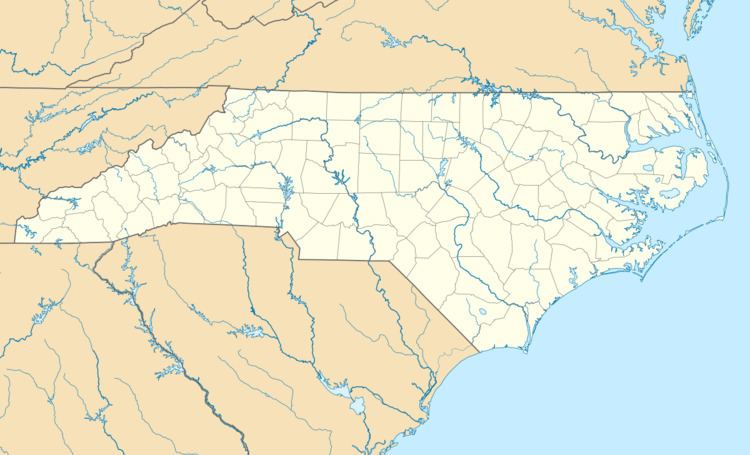Established 1994 Curator Larry Kirby | ||
 | ||
Website www.ncaviationmuseumhalloffame.com | ||
Our visit at the north carolina aviation museum part 1
The North Carolina Aviation Museum and North Carolina Aviation Hall of Fame displays a collection across two hangars of static aircraft, uniforms and memorabilia, and an extensive collection of aircraft models. Nearly all aircraft on display are privately owned and on loan. All aircraft on display are kept in flight-worthy condition and the collection changes periodically. Aircraft restoration and museum operations is performed by a small staff of paid employees along with volunteers. It is not to be confused with the Carolinas Aviation Museum, located in Charlotte.
Contents
- Our visit at the north carolina aviation museum part 1
- History
- Aircraft
- Vehicles
- Past
- Large scale models
- Fly in
- References
History
Founded in 1994 by Asheboro businessman Jim Peddycord as the Foundation for Aircraft Conservation, what would eventually become the museum first started out with a couple of his "warbirds" and an empty hangar at the Asheboro Regional Airport.
In 1996, Peddycord spearheaded an air show held in June to generate support for the museum. About this time, Bob Moon offered to serve as the facility's first manager. During Moon's three years there, he assembled dozens of aircraft of all types, which he would later donate to the facility. Many of those models still hang from the NCAM's gift shop ceiling, which was named after him following Moon's October 2007 death.
In 1997, a second air show was scheduled for June 5. Peddycord and his son Rick were killed the day before the event when their two aircraft collided in mid-air during practice. The facility was renamed the Peddycord Foundation for Aircraft Conservation (PFAC) in Peddycord's honor; another local businessman, Craig Branson, continued the effort to draw support for the PFAC.
In 1998, Branson purchased a B-25 for restoration and generated enough local support to have a second hangar built to house the aircraft. The aircraft was completely restored in 2004 and made limited flights in 2004-5.
In 2001-2, the facility was renamed The North Carolina Aviation Museum, reflecting an expanded mission that included artifacts, uniforms, weapons, artwork and models. During this time-frame, the NCAM was also designated as the official site for the North Carolina Aviation Hall of Fame. Both names were combined and now the facility is referred to as the North Carolina Aviation Museum and Hall of Fame.
Branson died in 2006. In 2008, the museum featured a F4U-4 Corsair, courtesy of Classic Fighters of America pilot Doug Matthews, one of an estimated 40 air-worthy examples in the world.
Aircraft
Vehicles
Past
Large scale models
In addition to 150+ aircraft models displayed suspended from the ceiling of the gift shop, the collection includes scale models with wingspans of up to ten feet:
Fly-in
Since 1996, the museum has sponsored a fly-in the first Saturday in June. The event includes visiting aircraft displays, free small airplane flights for children, helicopter rides, a racing car exhibit, Ham Radio demonstrations, face painting by the Marines, remote control model aircraft, and scale model displays. In 2009, the "NCAM's Third Annual Fly-In attracted about 80 aircraft and 1,500 patrons. At the fourth fly-in in 2010, those figures jumped to 150 aircraft and more than 2,500 people. On the day of the 2012 Fly in, there were between 120 to 150 airplanes including the Korean War Hero and a Beech 18 and over 1,000 patrons.
